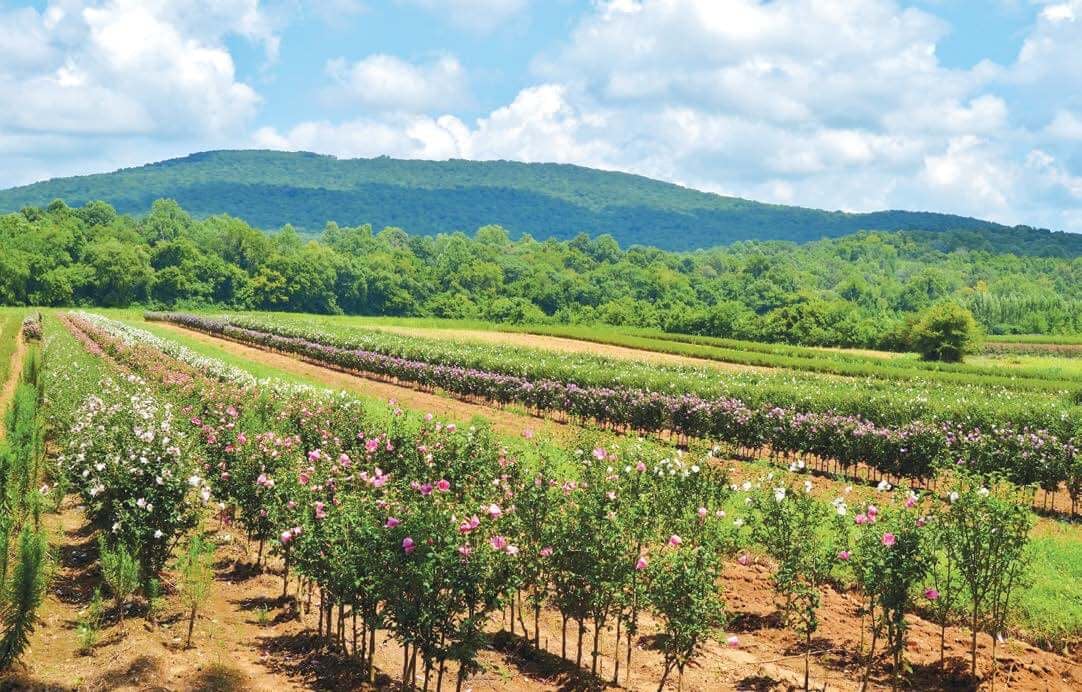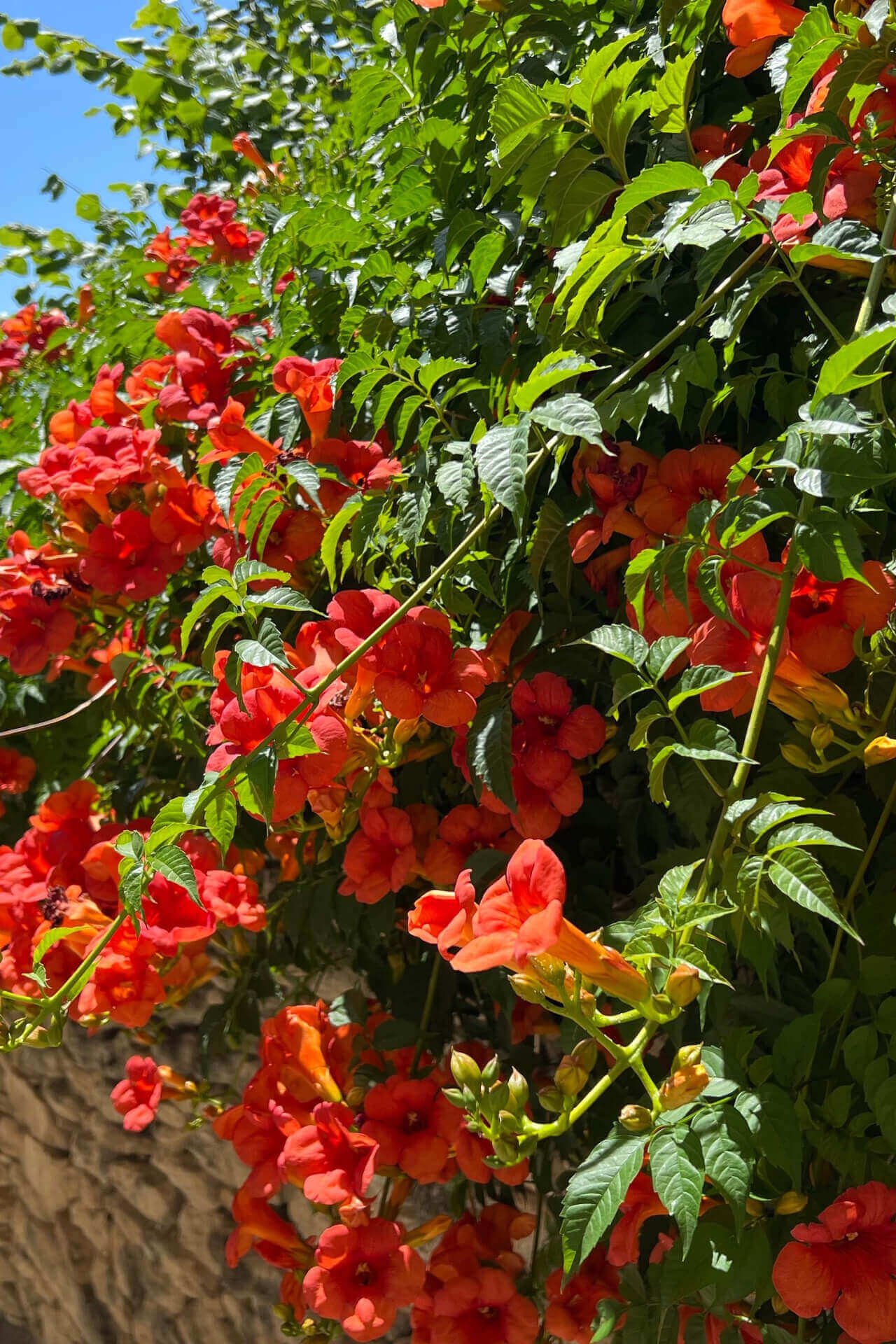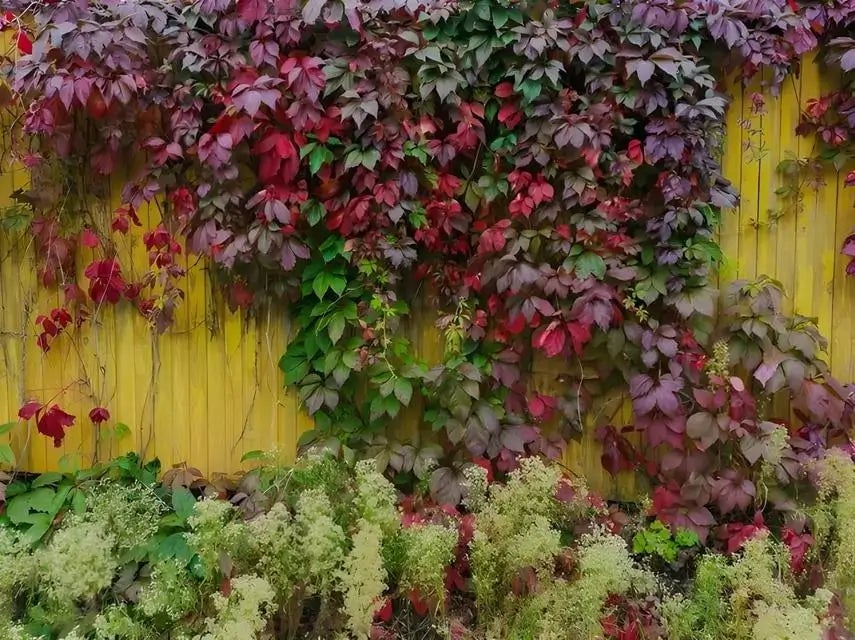From Installation to Maturity
When you design and install your garden, it is human nature to want it to look perfect immediately. Plants, however, move on a slower time scale than humans. Designing a sustainable garden requires a little more time upfront than traditional gardens. However, after the garden is established, it will not require as much maintenance, fertilizer, water, or pesticides as a traditional garden. This timeline is what you can reasonably expect from your new landscape.
Review of Keys to a Sustainable Landscape
In case you have forgotten, here are the pillars of sustainable landscape design.
Healthy Soil
Without healthy soil, your landscape will struggle. Healthy soil is a complex ecosystem of microbes, invertebrates, plant roots, and organic matter. You can support this ecosystem by adding organic matter to your soil to increase its ability to hold water and air. Compost uses yard waste and food scraps to create food for the microbes in your soil.
Mulching around your plants helps stabilize soil temperature and moisture and retard weeds. If your soil will not be planted for a while, plant a cover crop like clover to protect the soil from erosion. When it is time to plant your new landscape, turn the cover crop under to add additional organic matter to your soil.
Synthetic fertilizers feed plants directly. Organic fertilizers feed microbes who trade nutrients and water to your plants in exchange for starches and sugars. Heavy use of synthetic fertilizers can damage or wipe out the microbes in your soil, negatively impacting your plants.
Right Plant, Right Place
When designing your landscape, keep the mature size of the plants you are installing in mind. Place plants in areas that meet their needs for sunlight, soil moisture, and give them room to grow. Never use pruning to keep a plant the right size for a particular place. Many species of plants come in a wide variety of sizes. For example, crape myrtles range from three feet to forty feet, depending on the cultivar. While they are from Asia, many native plants have similar size differences.
Water Wisely
Install drip irrigation in your landscape to water efficiently. Some forty percent of water from overhead sprinklers evaporates before it hits your plants on really hot days. All the water drip irrigation puts out goes right to the root zone, where plants need it.
Group plants by water needs so that a bog plant isn't next to a succulent. One or the other will die from over or under watering if you don't.
Embrace Biodiversity
Plant a wide variety of native perennials, shrubs, and trees. Make sure you have some plants blooming from early spring to late fall. Pollinators and beneficial insects need places to shelter, feed, and reproduce. Giving them places in your landscape will help make sure they stay present to address pest problems when they arise.
Good Stewardship
Practice good stewardship of the land you own. A new landscape takes about four to five years to become established, so you need to be patient. When you install your landscape, it will look sparse if you have done it properly. Over four or five years, you will be able to watch the plants grow and spread into the landscape. By year five, you should see your landscape look the away you planned it.
Year One
Before you plant anything, make sure the soil has been prepared, and the irrigation system has been installed. Consult your plan and divide the installation into four-hour segments. Only bring the plants for each segment out at a time. This keeps them from drying out in the sun. Be sure to mulch the landscape beds and around trees and shrubs after planting. Water everything in so it doesn't get dehydrated.
Plant annuals between perennials and shrubs to fill the spaces the first year. Your landscape will not look so sparse with annuals in bloom while the longer-lived plants begin to grow.
Plant several small clumps of ground covers such as trumpet vine or Virginia creeper. The clumps of plants will grow together more quickly than one plant can cover that ground.
You will have to water your new landscape for the first two years to help everything get established. If you used native plants, you will still need to water them while the roots are getting established.
Keeping a copy of your design with a garden journal will help you make sure things are going to plan. Note plant locations, bloom times, and growth patterns. You won't have to try to remember what that plant is if you write it down. Noting weather conditions will help you manage your landscape next year. If a plant is not doing well, try to diagnose the problems and note that, too.
Year Two
As the perennials, shrubs, and trees begin to grow well, annuals will decline. Self-seeding annuals will be crowded out of the landscape beds. Place an inch of compost over the mulch in the landscape beds. Do the same around the trees and shrubs. Cover the compost with an additional inch of mulch to maintain the proper depth of mulch.
If a perennial has not survived the winter, fill in the gap with another species of plant. You may need to thin plants that are overcrowded to maintain air circulation. Poor air circulation sets the stage for diseases. Keep landscape beds free of any weeds that grow.
Adjust your irrigation and maintenance routines based on how well the plants are growing. You will still need to water the landscape as plants do not yet have the extensive root systems they need to find water themselves. Be sure to adjust your watering when it gets hot. Reduce the water in the fall when it cools off.
Year Three
Your landscape should be looking more like a mature landscape now. The plants have grown into their spaces. Continue to add compost and mulch in the spring.
You should see a more cohesive looking landscape now that the plants are larger. Wildlife increases due to more food, shelter, and loafing space as the plants grow. If you have a water feature, you will see birds and other wildlife drinking from it when it gets hot.
Many perennials and small shrubs are established now. The watering and other maintenance of the first two years is gradually reduced as the landscape matures. Plants are thick enough to crowd out any weeds that grow.
Year Four and Beyond
Trees, shrubs, and perennials are now established. Many of them are reaching their mature size. The garden is a functioning ecosystem that requires little fertilizer. Your responsibility shifts from active control to stewardship. When problems occur, you make adjustments. You don't have to water your native plants except when there is a drought. In the spring, add compost and top off the mulch. Finally, you are able to enjoy the mature landscape.
Of course, gardeners are never really "done" with a landscape. As you continue to monitor your plant's needs, you can replace ones that did not live up to their potential. If an extreme weather event occurs and causes some plant deaths, you can fill the spaces with more native species.
At TN Nursery, we grow the finest bare root plants. Most of our plants are native to North America. We can help you choose the right native plant for the right place. Give us a call at 931.692.7325 to get started.
Read more
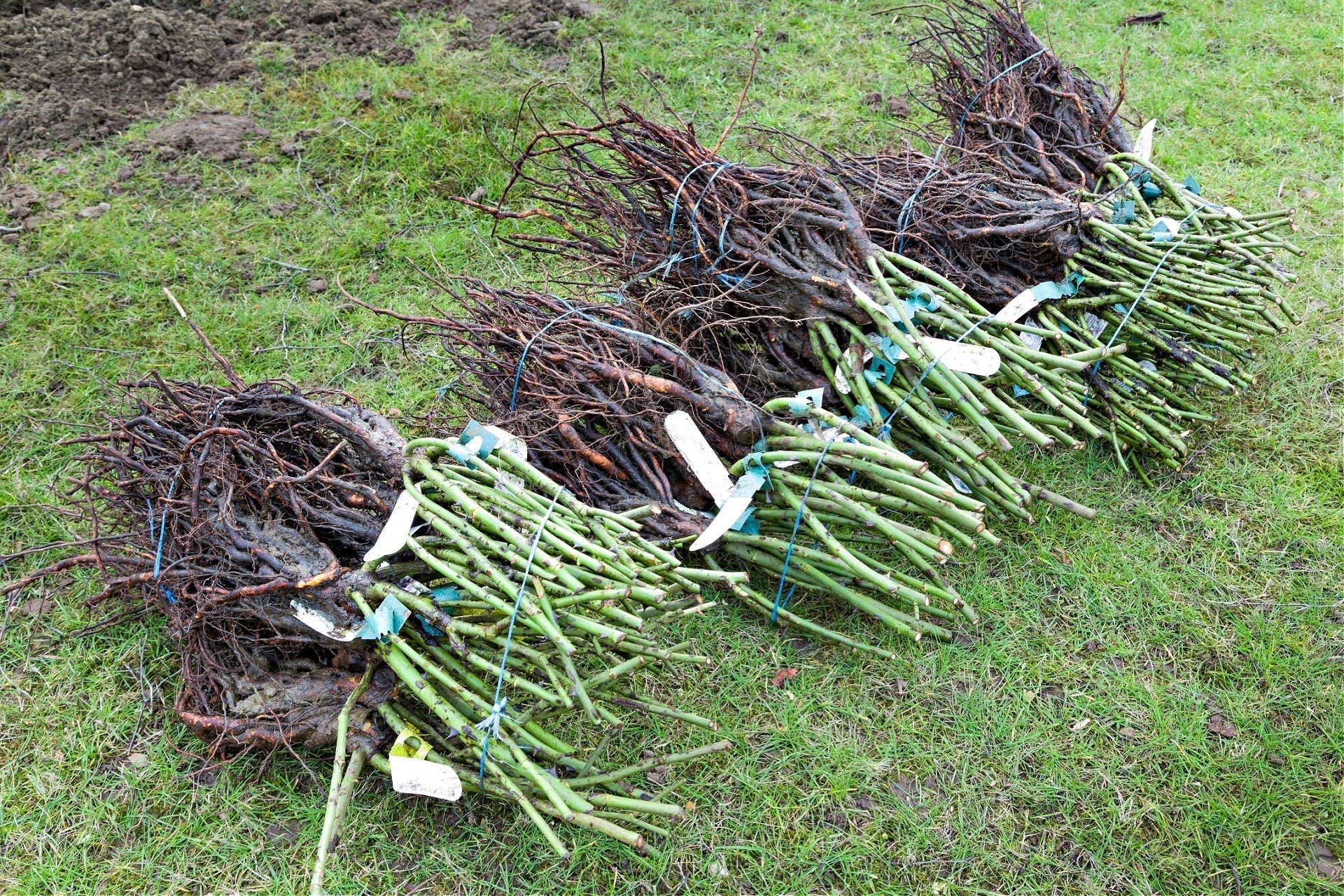
Bare root plants are the best way to plant a landscape that is sustainable yet inexpensive. Some people are a little hesisant to buy bare root plants because they are not sure how to take care of t...
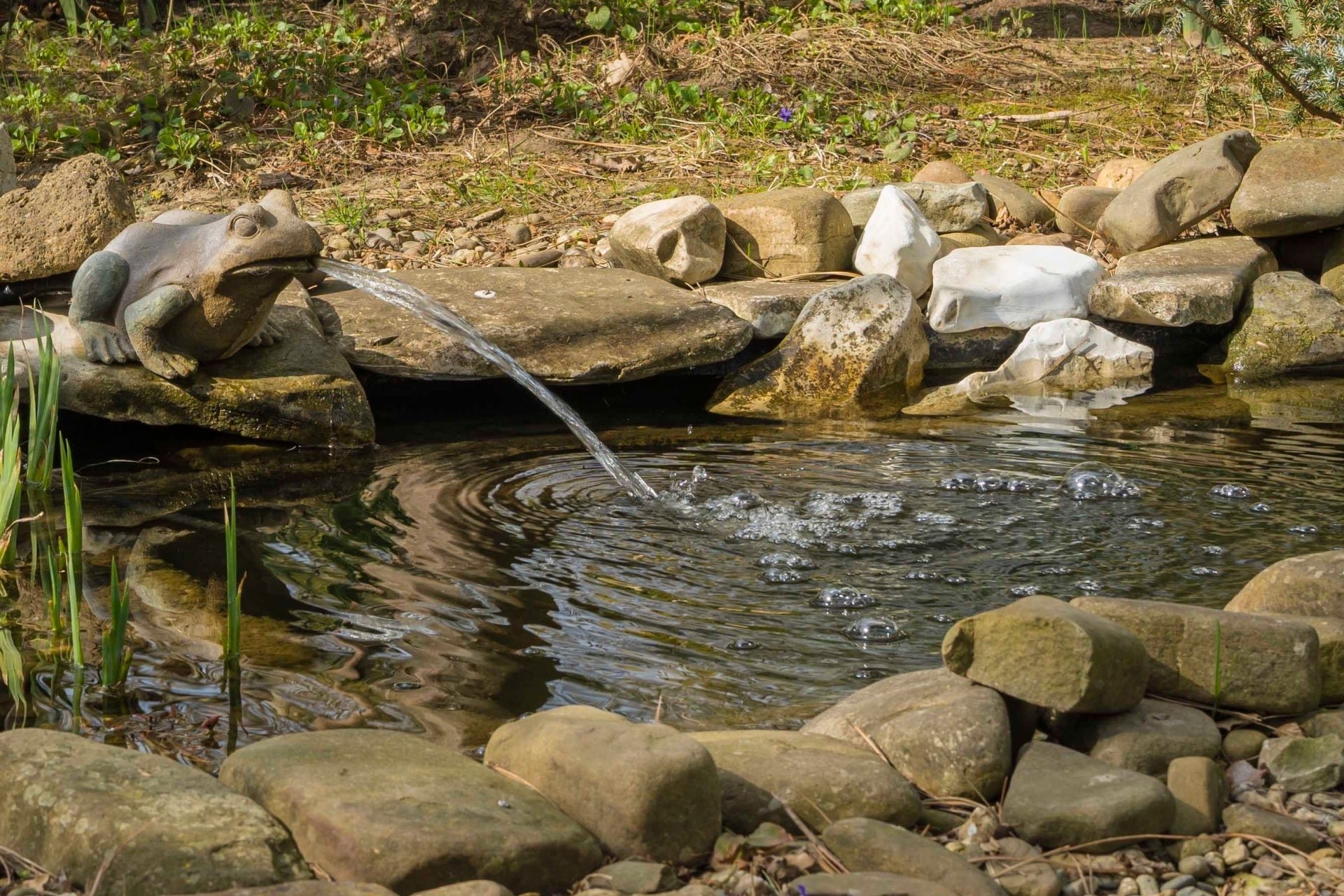
Nothing is as soothing as the quiet burbling of a fountain or stream. With a little planning, you can install a water feature of some sort in any garden.


